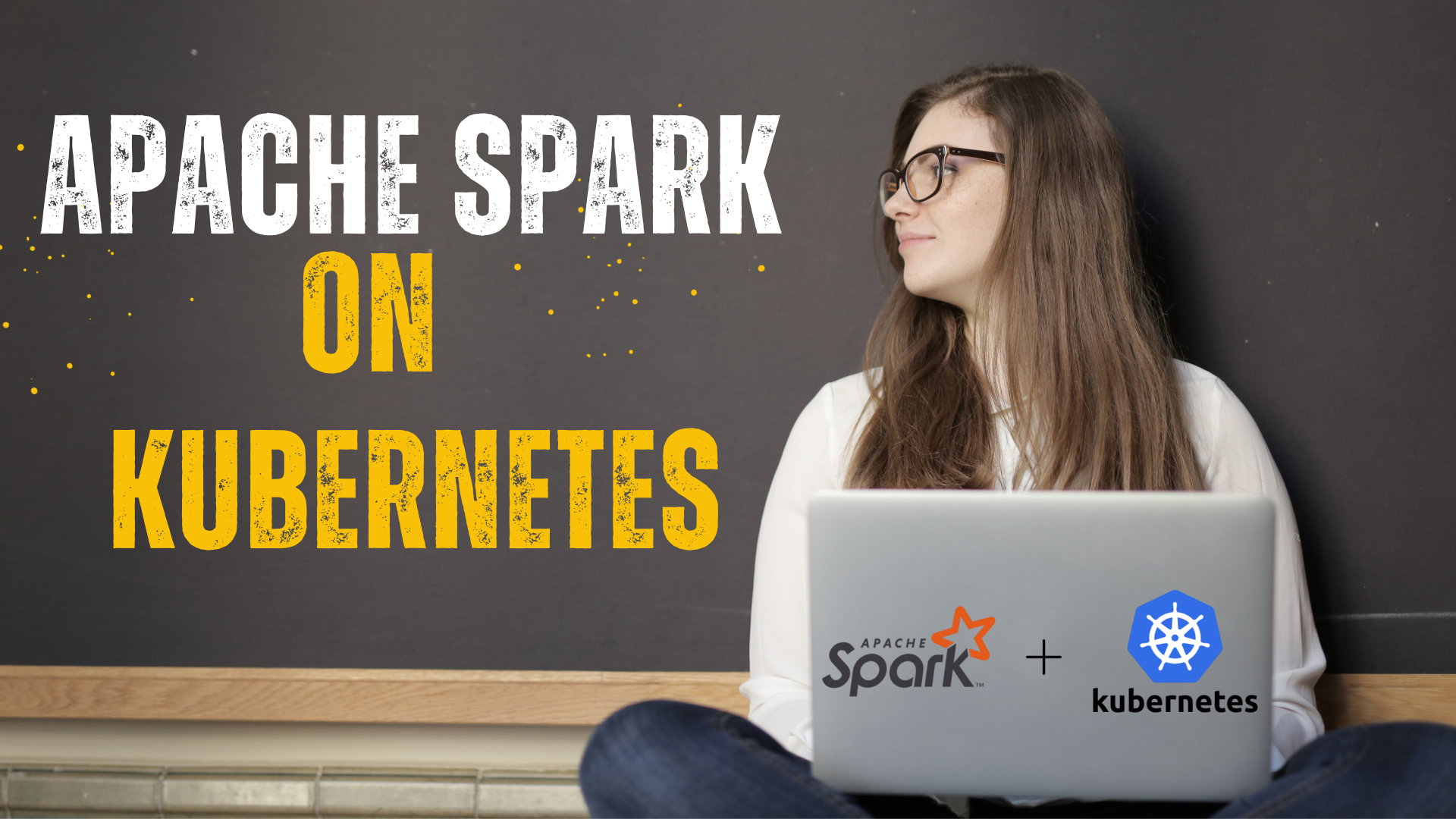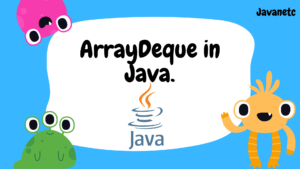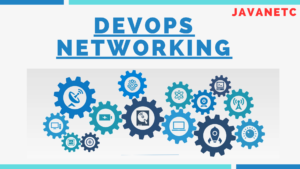Table of Apache Spark on Kubernetes
Why use Apache Spark with K8s?
Apache Spark is a widely recognized and widely used distributed processing engine, especially when processing large amounts of data. Enterprises typically use it to manage and process business-critical data at scale and extract valuable analytics that provide actionable insights and strategic advantages. Provides programming interfaces to achieve data parallelism and ensure fault tolerance.
Spark, in addition to Hadoop (HDFS), is a widely used and established technology in enterprises. However, the industry is now moving towards containerization. Apache Spark has also adapted to this trend and supports Kubernetes-based deployments to achieve the same.
The combination of Apache Spark and Kubernetes provides an attractive solution for enterprises that require powerful data processing capabilities along with efficient resource management.
Here’s why this combination is so powerful:
Scalability:
Both Spark and Kubernetes are designed to scale. Kubernetes easily manipulates the computing resources that Spark requires for data-intensive tasks. You can mechanically scale your Spark utility up or down relying in your workload to make certain most fulfilling aid utilization.
Resource Efficiency:
Kubernetes provides more efficient resource management compared to standalone Spark clusters and Spark on YARN. This is due to Kubernetes’ advanced scheduling capabilities and ability to share resources between Spark and other applications running in the same cluster.
Unified management:
Running Spark on Kubernetes allows you to manage both your compute workloads and other microservices workloads in a unified way. This simplifies the operating experience and reduces total cost of ownership.
Why isn’t it easy to manage Spark on Kubernetes?
There are great benefits to running Apache Spark on Kubernetes, but implementing and managing this setup can be very complex. there is. Operating Spark in a K8 environment is a challenge, especially for large organizations.
The biggest hurdles are:
Building Spark applications for Kubernetes:
Containerization:
Spark applications must be containerized to run on Kubernetes. Although Docker simplifies this process to some extent, correctly configuring Docker images for Spark can be complex.
Dependencies:
Managing dependencies for Spark packages may be complex, specially while integrating with garage systems, databases, or extra libraries.
Configuration mismatch:
Ensuring your Spark configuration matches your K8s cluster settings is important, but it can also be error-prone.
Deploying and managing Spark applications:
Resource allocation:
Determining the right amount of resources (CPU, memory, storage) for each component (Driver, Executors) can be a delicate balancing act.
Job scheduling:
While Kubernetes excels in microservices, its job scheduling capabilities may not be fully optimized for long-running data processing tasks. This may require additional configuration and tuning.
Zero touch pod scheduling:
For enterprises, leveraging smart scheduling capabilities to efficiently utilize resources when running Spark on Kubernetes can be challenging. This is especially true when hundreds of jobs are running simultaneously within the cluster.
Monitoring and logging:
Metric overload:
Spark and Kubernetes both generate large amounts of metrics, so it can be difficult to identify which metrics are important to your application’s performance.
Log Management:
Spark applications generate large logs. Additional tools and configuration are required to aggregate, store, and analyze these logs in your Kubernetes environment.
Visibility:
Kubernetes’ abstraction layer can obscure the process of debugging and tracking issues in Spark applications, especially when it comes to network traffic and memory access.
Spark and Kubernetes both have large and rapidly evolving ecosystems. Therefore, keeping both up to date with best practices, updates, and new features can be a time-consuming task.
While each of these challenges can be overcome, organizations introduce an additional layer of complexity that must be carefully considered. Successfully managing Spark applications on Kubernetes clusters requires proper planning, skilled staff, and the right tools.
Introducing SparkOps: An Integrated Solution for Spark on Kubernetes
After gaining insight into the complexities and challenges of managing Apache Spark on Kubernetes, we’ll introduce you to a breakthrough solution: his SparkOps from DataByte Solutions.Crafted as an all-encompassing engineering solution, SparkOps tackles the challenges tied to the creation, deployment, supervision, and monitoring of Spark packages within the Kubernetes environment.

Designed for everyone in your company
For developers:
🛠 Intuitive, no-code interface:
Easily build, test, and deploy Spark jobs without writing a single line of code.
📦 Extensive Connector Support:
Seamlessly integrate with a wide range of data sources and sinks, including databases and cloud storage solutions…
For Operations Teams:
📊 Single Pane of Operations Dashboard:
Gain comprehensive insights with a unified dashboard that provides visibility into cluster health, resource utilization, and predictive analytics for future requirements.
🛠 Spark-Centric Monitoring and Logging:
Easily access all essential metrics and logs customized for Spark environments.
For Management:
Resource Planning Tools:
Harness actionable insights from real usage data to enhance budget allocation and infrastructure planning, ensuring more efficient resource management.
📈 Focus on the business, not just operations:
Features like no-code interfaces and built-in security allow teams to focus on delivering business value instead of being overwhelmed by operational complexity.
Key Features
Multi-cluster smart orchestration:
Provides zero-touch automation for managing multiple clusters, ensuring high availability and fault tolerance with geo-redundancy.
Built-in data governance:
Automatically meet data compliance and regulatory standards without the need for external tools.
Security and Authentication:
Benefit from robust built-in security measures, including role-based access control and encryption
Tuning Recommendations:
Uses intelligent analysis to provide optimization suggestions for your Spark deployment, allowing your team to prioritize data processing tasks over performance tuning.
Are you ready to simplify your Spark deployments on Kubernetes?
Apache Spark management on Kubernetes can be streamlined and hassle-free. Thanks to SparkOps, you can leverage a unified platform that simplifies the deployment, administration, and optimisation of Spark, making the process straightforward and efficient.
Let’s connect at:-
📞 Request a Demo: Unleash the full potential of Spark on Kubernetes. To experience a personalized demo, connect with us at config@databyte.tech .
💌 Stay Ahead of the Curve: For the latest features, updates, and best practices, explore our website at https://databyte.tech



